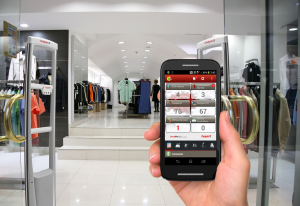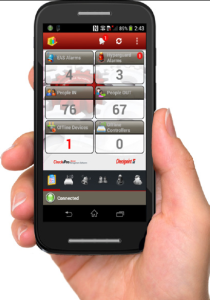The retail industry has seen many changes over the years. Online shopping has grown and will likely grow more over the next few years, unfortunately, with that comes the real and costly problem of online fraud. Now retailers have to invest in security for their online and offline retail stores to ensure products and customer’s information are secured. On the bright side,the digital age has brought the ability for many retail stores to advertise and sell online to many people around the country that otherwise would not be able to do before. To read more about this and other topics follow the links below.
Retail Is About to Be Reinvented, Driven by Digital Technologies
The Retail Store of the Future Will Become the Hub of All User Data.
Since around the time Amazon Prime began offering recurring orders on things like toothpaste and dish soap, people have been predicting the death of traditional retail. The ease of e-commerce, coupled with the reliability and speed of shipping, made the future of local shops and already struggling suburban malls seem grim.
Recently, though, technological advancements in near-field communication (NFC), interactive display and mobile payments have been bringing buzz back to the retail store. With this technology, marketers are merging digital and physical worlds to create seamless, predictive, personalized, and delightful environments that increase sales and brand metrics. Retail is on the verge of total reinvention. And that reinvention is rooted in the user-centric practices of today’s most savvy digital agencies.
Facebook Is Retailers’ Favorite Social Network
Pinterest also of greater interest for retail advertisers than Twitter –
Retailers don’t appear to be holding back when it comes to ad investments in social media. According to June 2015 polling, half of US retailers will be spending more on paid media on Facebook in particular.
That’s what the National Retail Federation (NRF) found when it asked how many merchants would spend more on advertising on various social networks. Facebook had a commanding lead, but YouTube and Pinterest were also expected to see additional ad spending from 29% and 27% of respondents, respectively. Buying paid media on Twitter was less of a priority, with just 22% planning to spend more on that in 2015. Other research supports Facebook and Pinterest as bigger social shopping destinations than Twitter. UPS found in February 2015 that while 49% of US digital buyers also pinned products on Pinterest, and 48% “liked” retailers on Facebook, just 38% said they followed retailers on Twitter.
3 Retail Technologies That Cross Over E-commerce
Ever since the retail market of the Web exploded, the expectation was that brick and mortar was doomed. For some stores, such as Borders Books and Music, it met its fate as Amazon.com marched across the bookstore landscape and chewed up most of what was in its path.
However, for the rest of the industry, the lines blurred between online and offline sales and the numbers have never been better. In fact, new mobile technologies are sending more people into stores looking for deals with the same discounts they would get online without the wait.
Online retail still smaller than offline
According to Price Waterhouse Coopers Strategy&, online retail sales still only accounts for about 8 percent of total retail sales. The major sectors that remain untouched are automobiles, gas stations, and food which are items that don’t necessarily do well online as we learned with the death of WebVan all those years ago.
Still, these categories play a major role for almost half of total retail sales. The reality is that the larger the growth of using retail technology for online sales, the better it is for some the retailers.








